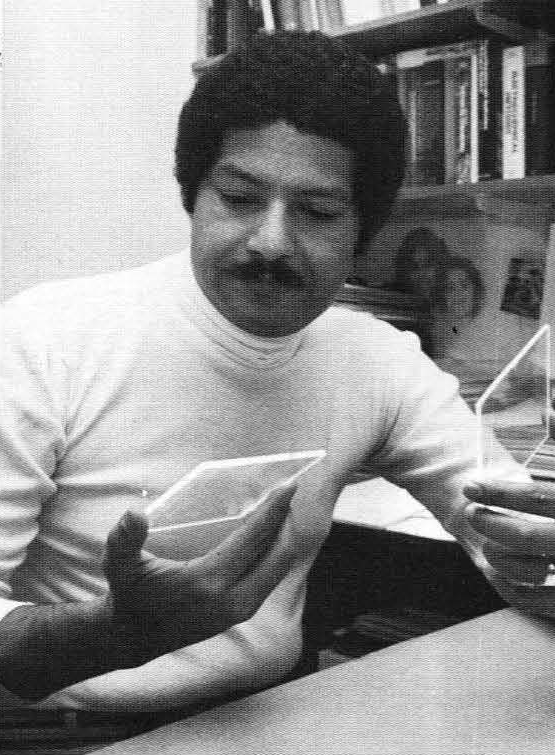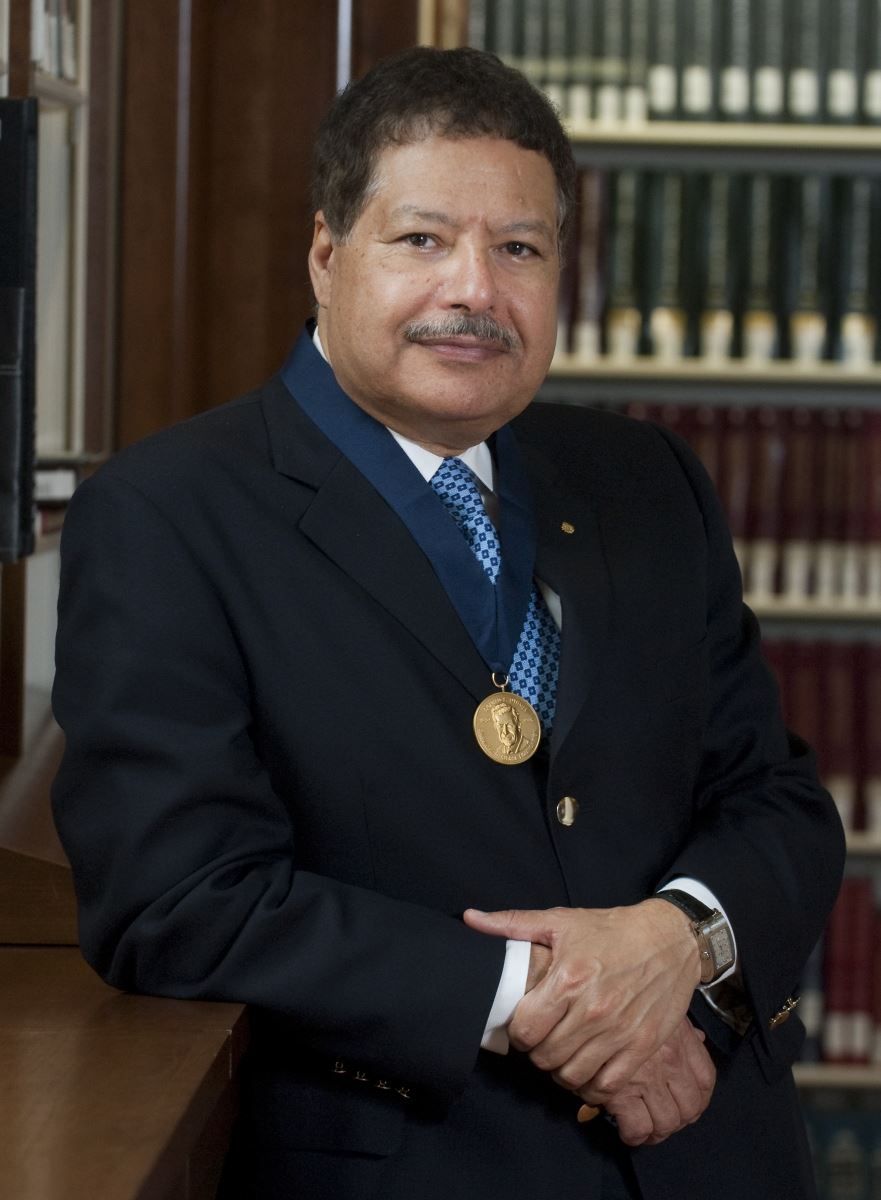On this day, Ahmed Zewail was born on 26 February 1946 in Damanhour and was raised in Disuq. As a boy, it was clear that his inclinations were toward the physical sciences.
“Mathematics, mechanics, and chemistry were among the fields that gave me special satisfaction,” says Zewail.
Zewail graduated with the highest honors from the Faculty of Science, Alexandria University. Using spectroscopy and developing the understanding of how and why the spectra of certain molecules change with solvents, he received his Master’s in Science. Zewail moved to the United States to complete his PhD at the University of Pennsylvania. After some post-doctoral work at University of California, he was awarded a faculty appointment at Caltech. In 2009, President Barack Obama appointed him to the President’s Council of Advisors of the White House, and in November of the same year, he was named the first United States Science Envoy to the Middle East.

Ahmed Zewail, California Institute of Technology/Wikimedia Commons
The 1999’s laureate in chemistry was rewarded for his pioneering investigation of fundamental chemical reactions, using ultra-short laser flashes, on very short time scale; short enough to analyze transition states in selected chemical reactions. He studied atoms and molecules in “slow motion” during a reaction and saw what actually happens when chemical bonds break and new ones are created. This reward made Ahmed Zewail the third Egyptian to receive the Nobel Prize, following Egyptian President Anwar Elsadat in Peace (1978), and Naguib Mahfouz in Literature (1988).
Zewail performed a series of experiments that led to the birth of the research area called Femtochemistry. This involves using a high-speed camera to image molecules in the actual course of chemical reactions and trying to capture pictures of them just in the transition state. The camera was based on new laser technology with light flashes of some tens of femtoseconds. The time it takes for the atoms in a molecule to perform one vibration is typically 10-100 fs.
That chemical reactions should take place on the same time scale as when the atoms oscillate in the molecules may be compared to two trapeze artists “reacting” with each other on the same time scale as that on which their trapezes swing back and forth. With femtosecond spectroscopy we could, for the first time, observe in 'slow motion' what happens as the reaction barrier is crossed and understand the mechanistic background to Arrhenius' formula for temperature dependence.
 Ahmed Zewail, with the Othmer Gold Medal, awarded 14 May 2009, at the Chemical Heritage Foundation/Wikimedia Commons
Ahmed Zewail, with the Othmer Gold Medal, awarded 14 May 2009, at the Chemical Heritage Foundation/Wikimedia Commons
On 2 August 2016, renowned chemist Ahmed Zewail passed away at the age of 70; leaving behind a legacy of extraordinary achievements that significantly impact the scientific community.
Reference
www.nobelprize.org
www.zewail.caltech.edu
This article was first published in print in the PSC Newsletter, Spring 2011 Issue.
Cover image: A characteristic view of Ahmed Zewail at his Femtoland bench at Caltech. Photograph: Archives, California Institute of Technology/Royal Society Publishing